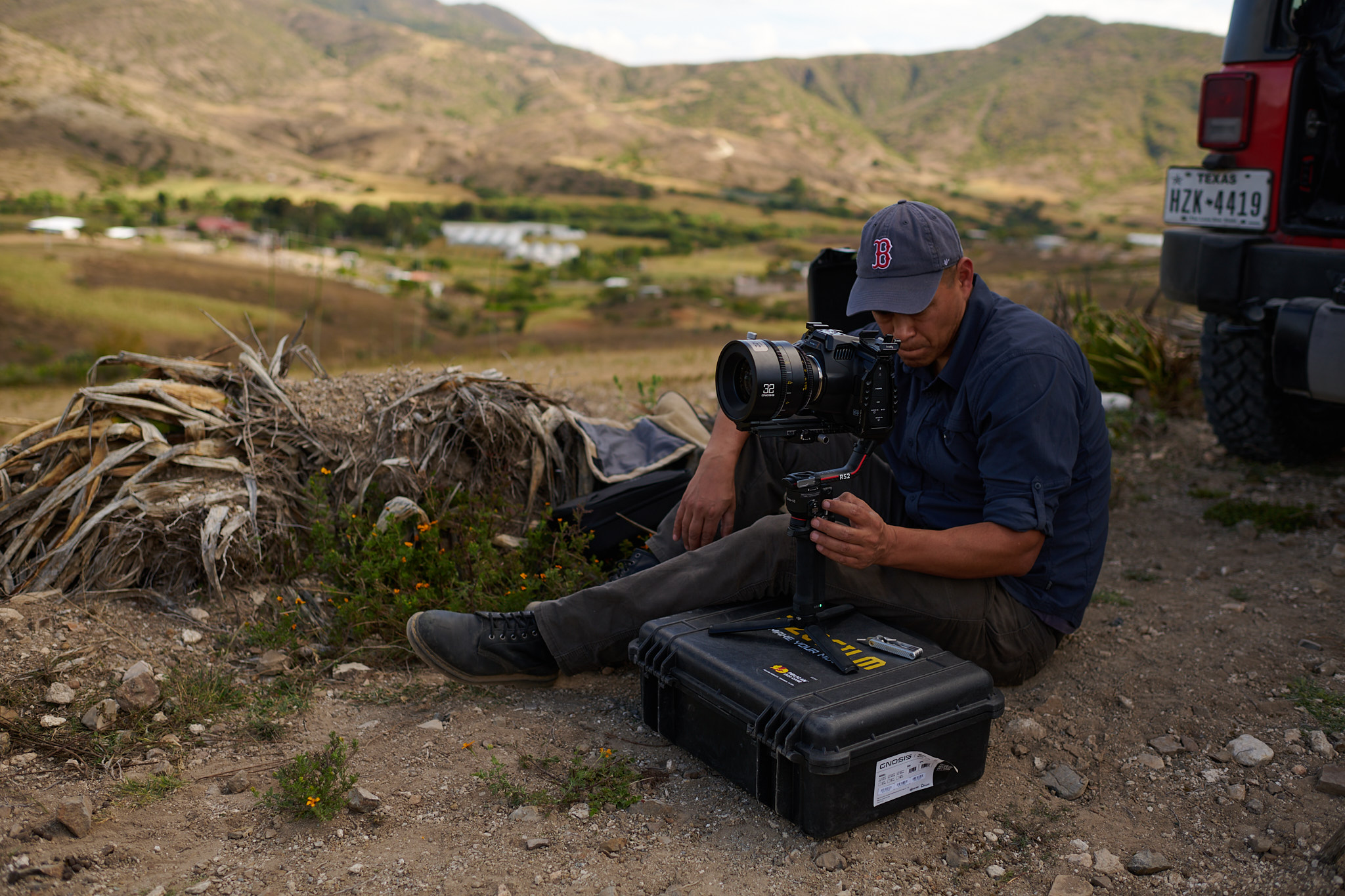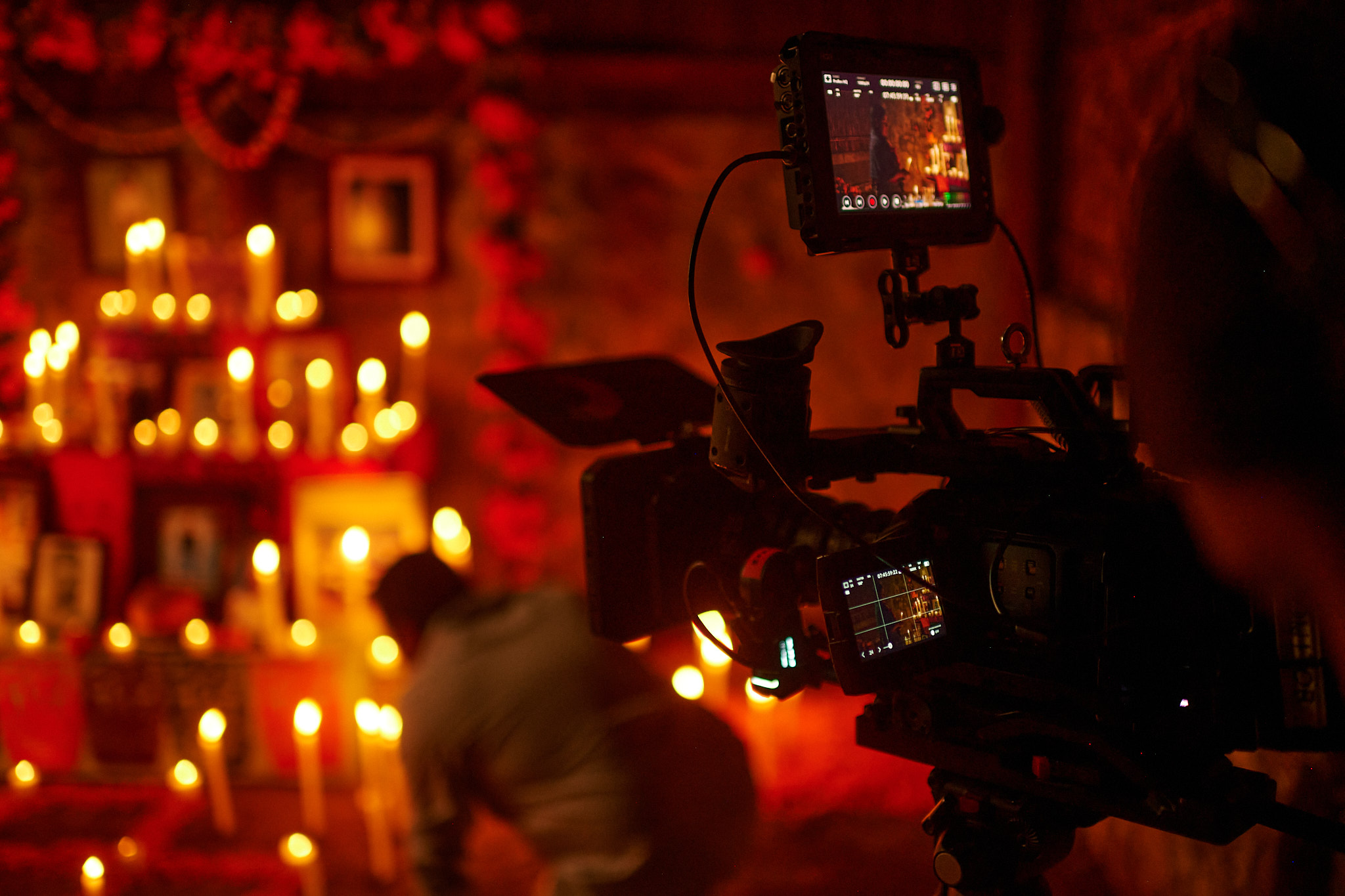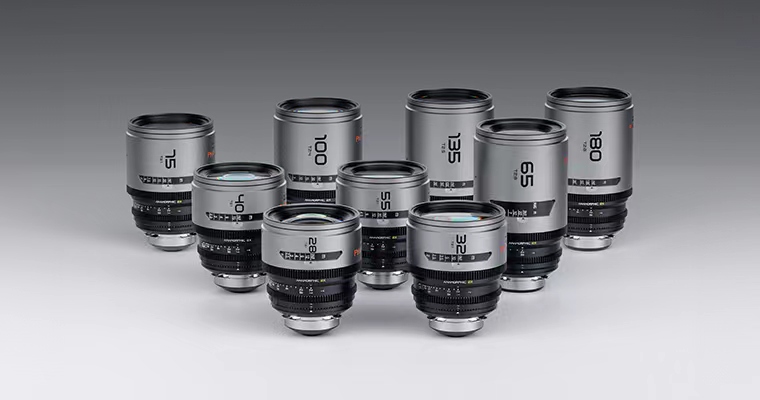Film " Catrinita " created with DZO Lens (Pictor Zoom & Gnosis Macro)
2024/3/20
- Can you tell more about you? (career/major/hometown/hobby...)
My name is Diego Huerta. I am Mexican-American; I grew up in a city in Northern Mexico where the culture is more similar to the United States than to the other States of Mexico because, unfortunately, the proximity to the Texas border is much closer to the central states of Mexico, where there is great cultural wealth. Thanks to my career as a documentary filmmaker, I have gotten to know a large part of both countries.

- What is your position in film" Catrinita " ? Could you share the idea/ brief storyline of this film?
Catrinita is my debut film. I am the director and writer of the first fiction film spoken entirely in the Zapotec language.
After more than 500 years of Spanish conquest, indigenous people had never been given an authentic space where they were the protagonists and the producers since most of my production staff are local people from the Zapotec town where Catrinita is being filmed.
Catrina tells the origin story of this world-famous iconic character, "La Catrina," which I am sure will be a film that people worldwide will enjoy.

- Why would you like to choose such a topic? In other words, where did the inspiration for this story come from? What do you want to tell everyone through this story?
Telling the story of Catrina is very important for me because if anything is known about that character, it was that in its beginnings in 1910, the character was a mockery of the indigenous peoples of ancient Mexico, which I did not find a good origin story, so I decided to rewrite its story to give it a worthy beginning, and what better start than filming it in an indigenous Zapotec town in the State of Oaxaca.

- What is the creation process? How to make the shooting plan and equipment selection, etc.? Do you have any special or memorable experience during filmming can be shared ?
Filming Catrinita has been a great adventure because my origins come from documentation, and filming an entire film is another story, starting with the fact that all my projects are practically developed by myself, and making a film requires a great creative work team and the right gear to be able to capture my vision.
As it is an independent film, the technical and financial challenges are very significant since it is a great responsibility to be able to carry out quality production with limited resources, which is why it is essential to carry out a production plan to perfection to be able to make the most of it. Resources which is sometimes learned by making mistakes, and it is those mistakes that make us grow and improve.

- What factors make you choose Pictor & Gnosis as main lenses in this film?
All my life, I have been used to using lenses for still photography, and the truth is they are lovely because they are designed just for that. When I discovered the optics designed by DZOFILM, it was a leap to another galaxy; I was able to capture my vision just as I imagined it, the versatility of the Pictor lenses, the simplicity of VESPID, and the beautiful details that I can capture with the Gnosis lenses make my story carry the viewer through captivating worlds and emotions.

- How is your feeling when you shooting with the DZOFILM Cine Lenses (color rendition/resolution/natural characterist/ etc..)? Any impressive moment that DZOFILM cine lens brings to you?
There are indeed great brands of cinema lenses on the market, world-renowned brands that are practically unattainable for independent cinematographers. I have been fortunate enough to use some of these lenses, but honestly, I can count on DZOFILM as my lenses. Primary lenses make me feel confident that I have high-quality lenses that I can share with my different cameras, which gives me a significant advantage in using several series of DZOFILM lenses simultaneously. The vibrant colors with which I like to capture each of my scenes are consistent, and the quality of the lens body makes me feel safe when filming in different locations.

- What special techniques or filming methods did you use to emphasize the themes or atmosphere of the film?
Having trained in portrait photography gave me that perspective of color, light, and shadow, of the interaction of the human being with the camera, and of those small details that often go unnoticed because they are so ordinary.

- What’s is the most important thing for a nice filmming from your point of view? What do you think about the cinematic sense ?
For me, the most crucial thing for Catrinita is to tell a beautiful story through moving photography. That is where a story becomes universal, as it can be said through emotions and feelings and understood no matter what. Wherever the viewer is from, a local story can be universal.

- We are looking forward to seeing your next project, can you tell me something about it?
Each project leads me to the next, like small clues along the way; that is how Catrinita was born in my multiple trips to document the Day of the Dead celebration. Now, I will begin a great road trip across the United States that will lead me to find my next project.
https://www.youtube.com/watch?v=mneiD8JSkzg

